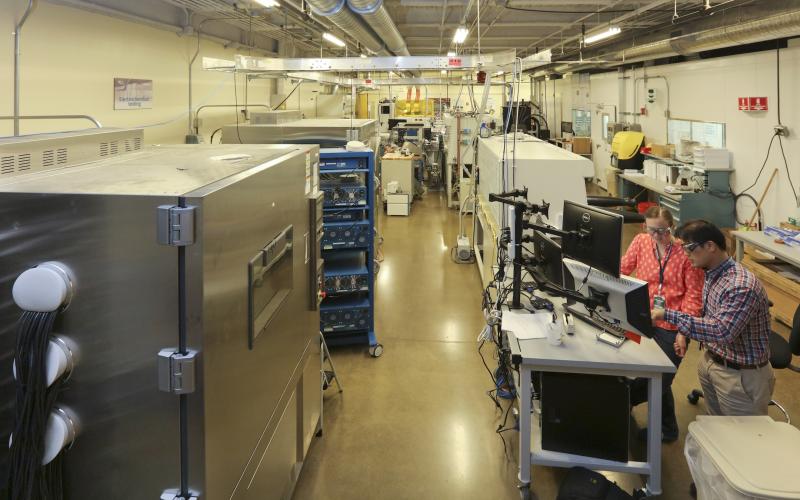
Innovations in Advanced Manufacturing
A thriving manufacturing sector is vital to the nation’s economic health and global security, yet few companies possess the research and development (R&D) capacity essential to staying competitive. Oak Ridge National Laboratory (ORNL) draws upon unmatched capabilities in materials, neutrons, and computational science to develop innovative manufacturing technologies, helping large and small companies alike. These efforts are directed toward solutions that will drive US economic competitiveness and energy productivity.
Using ORNL’s world-class resources for scientific discovery, such as Summit, the world’s fastest supercomputer, the Spallation Neutron Source (SNS), and the High Flux Isotope Reactor (HFIR), researchers can examine microstructures to better design new materials and fabrication methods, leverage multidisciplinary expertise for the development of new bio-based materials, and measure residual stress to certify printed components.







